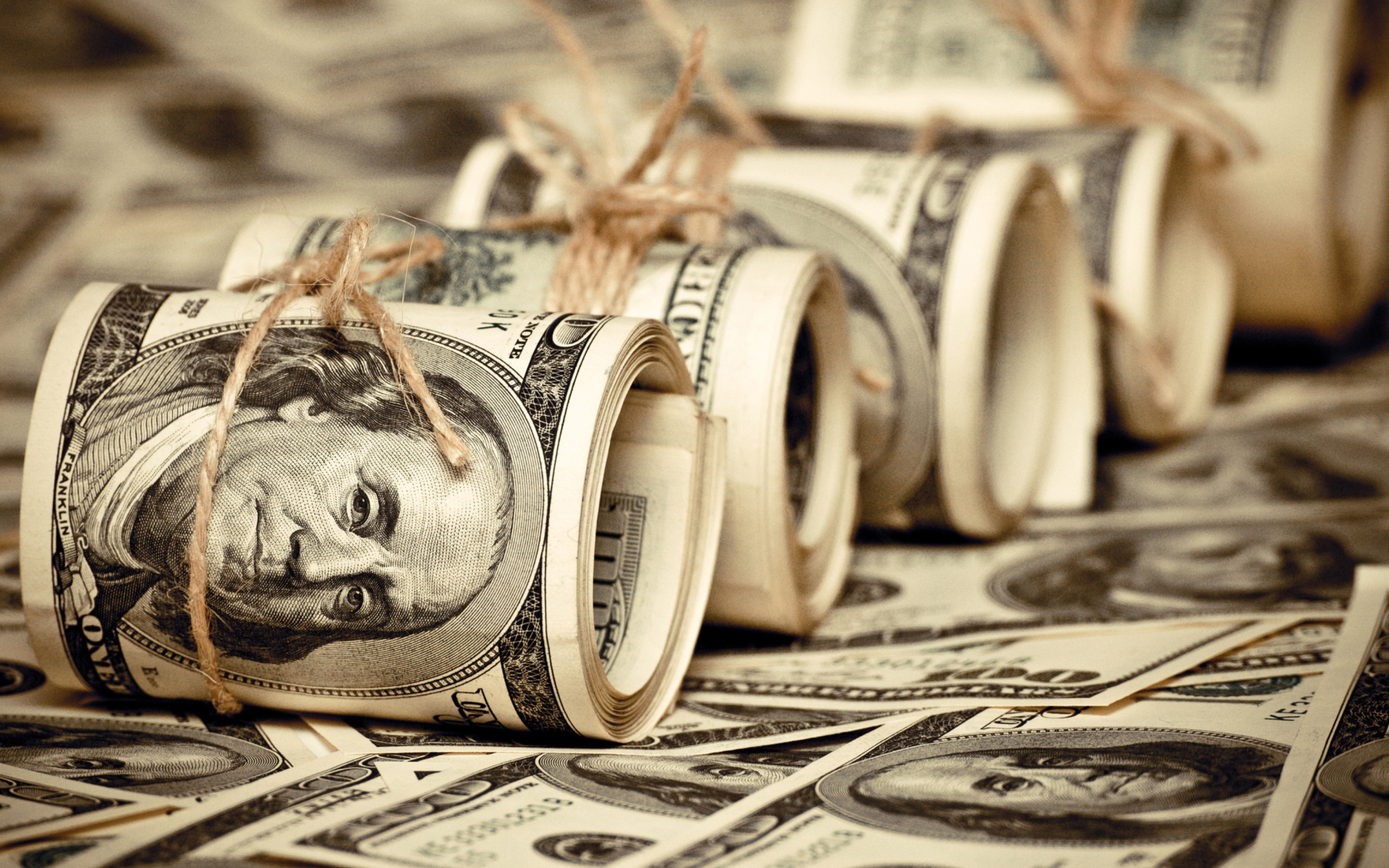
As of February 28 any purchase orders or other import documentation based on US dollars will not be processed by customs officials. The move comes as a result of a directive from the Ministry of Industry, Mines and Trade to the Central Bank of Iran.
Mehdi Kasraeipour, the central bank’s director of foreign exchange rules and policies affairs, was quoted by local news agencies as saying the news rules should not cause too much disruption, given the limited share of the dollar in Iranian trade. US sanctions mean that, in most circumstances, banks cannot clear US dollar transactions involving Iran.
“Considering that the use of the dollar is banned for Iran and traders are literally using alternative currencies in their transactions, there is no longer any reason to proceed with invoices that use the dollar as the base rate,” Kasraeipour was quoted as saying.
Nonetheless, many traded goods are still usually priced in dollars and the dollar remains the most important currency used in international trade, so the new rules are bound to have some impact.
There are some obvious workarounds for Iranian traders, given that many regional currencies are pegged to the dollar, including the Omani rial, the Qatari riyal and the UAE dirham. Alternatively, they may opt to use the euro, given the relatively strong relationship Tehran has with many European countries. However, the extra layer of currency swapping involved may add to the cost of imports into Iran which could then feed in to higher inflation.
The government has adopted a variety of other tactics to bolster the position of the rial, with reports in February of almost 100 currency trader being detained, a number of exchange shops being closed down and hundreds of bank accounts frozen.
Tehran-based Firouzeh Asia Brokerage points to a number of other steps the authorities have taken to support the rial. They include allowing banks to offer one-year deposits with a 20% interest rate, 5 percentage points higher than the previous ceiling. The central bank has also issued one and two-year certificates of deposit based in rials but with a value linked to the euro or dollar, and has been selling gold coins with six-month and one-year maturities at fixed and preferential rates.
There was a slight improvement in the rial’s value against the dollar and some other major currencies in the second half of February, “signalling success for the Central Bank of Iran and its new package of forex policies” according to the brokerage.
Wider market forces may also help the Iranian authorities. In a review of recent economic developments issued on February 28, Shervin Shahriari, chief investment officer of Tehran-based Turquoise Partners, said the rial was now much closer to its ‘fair value’ against the dollar and added “we would not be surprised to see a short-term reversal of the recent rial weakness.”
The latest move comes a year after another attempt by the Iranian government to limit the use of the US dollar. In January 2017, Central Bank of Iran governor Valiollah Seif announced the government would stop using US dollar in its official statements. Despite that, the central bank continues to use the dollar when discussing international trade flows and other topics.